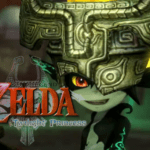Introduction
The Legend of Zelda is one of the most iconic video game franchises of all time. The series has been around for over three decades, with numerous titles released on different platforms. The games have captivated gamers with their unique gameplay, immersive storylines, and memorable characters. In this article, we will explore the history of The Legend of Zelda franchise and take a closer look at all the games in the series.
Are you a gaming enthusiast looking for the latest news and reviews? Look no further than gameryard.org! Our blog covers everything from the hottest new releases to in-depth reviews of classic games. With our expert analysis and comprehensive coverage, you’ll always stay on top of the gaming world. Visit us at gameryard.org to join our community of passionate gamers.
The History of The Legend of Zelda
The Legend of Zelda was first introduced in 1986 by Nintendo for their home console, the Nintendo Entertainment System (NES). The game was designed by Shigeru Miyamoto, who is also known for creating other popular franchises such as Mario and Donkey Kong. The Legend of Zelda was a massive success, selling over 6.5 million copies worldwide and winning critical acclaim for its innovative gameplay and storyline.
Following the success of the first game, Nintendo released several sequels, each with its unique gameplay mechanics, settings, and storylines. The Legend of Zelda has become one of the most successful video game franchises of all time, with over 118 million copies sold worldwide.
The Legend of Zelda all Games
Here are all the games in The Legend of Zelda series, listed in chronological order of release:

The Legend of Zelda (1986)
The first game in the series, The Legend of Zelda, is a classic 8-bit adventure game that introduced players to the world of Hyrule, where they take on the role of Link, a hero tasked with rescuing Princess Zelda and saving the kingdom from the evil Ganon. The game features an open world, non-linear gameplay, and a memorable soundtrack.
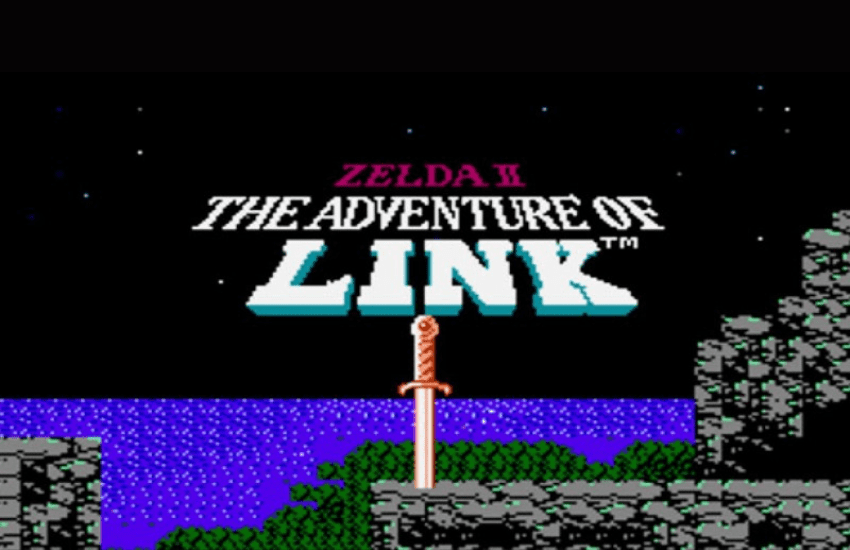
Zelda II: The Adventure of Link (1987)
The second game in the series, Zelda II: The Adventure of Link, is a departure from the gameplay of the first game. The game features a side-scrolling action-adventure gameplay and a unique leveling system. The game takes place several years after the events of the first game and follows Link’s quest to awaken Princess Zelda from a deep sleep.
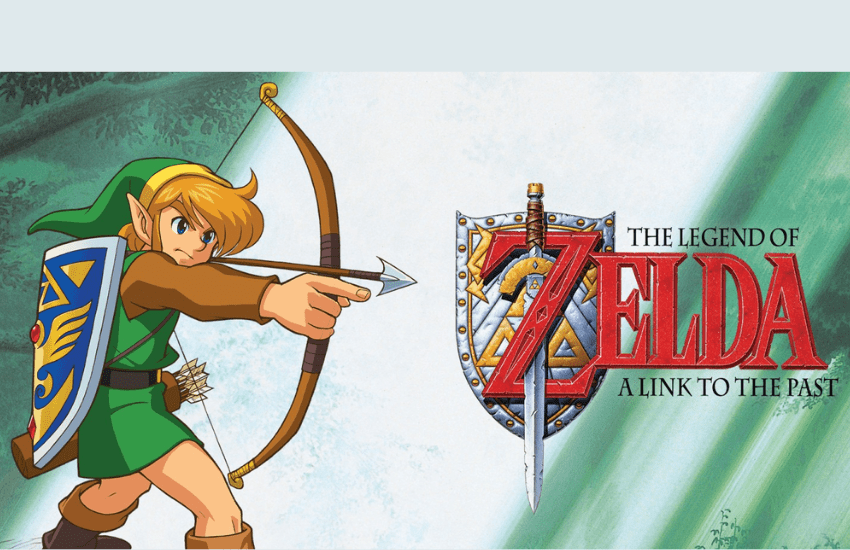
The Legend of Zelda: A Link to the Past (1991)
The third game in the series, The Legend of Zelda: A Link to the Past, returned to the top-down view of the first game. The game features a larger world, more items, and improved graphics. The game follows Link’s journey to rescue Princess Zelda and defeat the evil wizard Agahnim.

The Legend of Zelda: Link’s Awakening (1993)
The fourth game in the series, The Legend of Zelda: Link’s Awakening, was released for the Game Boy handheld console. The game takes place on a mysterious island, where Link must awaken the Wind Fish to leave the island.
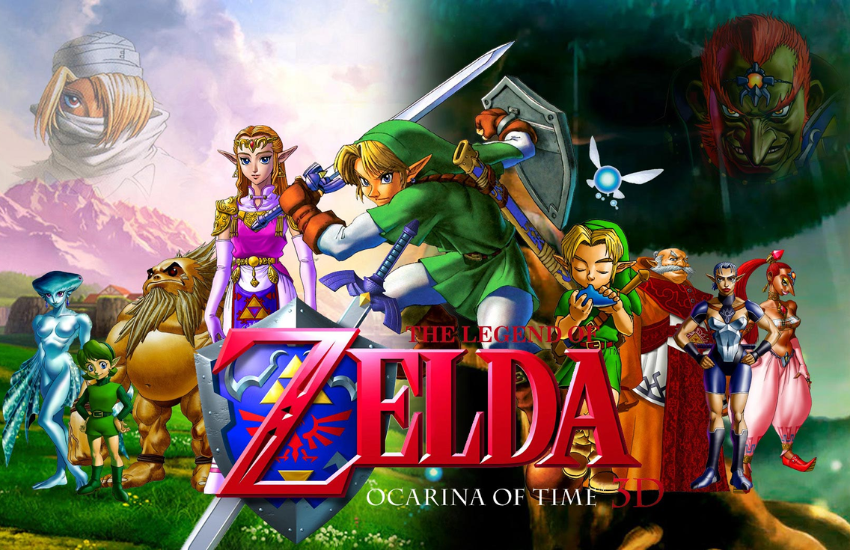
The Legend of Zelda: Ocarina of Time (1998)
The fifth game in the series, The Legend of Zelda: Ocarina of Time, is considered by many to be one of the greatest video games of all time. The game features a 3D world, innovative gameplay mechanics, and a memorable soundtrack. The game follows Link’s journey to prevent the evil Ganondorf from obtaining the Triforce.

The Legend of Zelda: Majora’s Mask (2000)
The sixth game in the series, The Legend of Zelda: Majora’s Mask, is a direct sequel to Ocarina of Time. The game features a time-traveling mechanic and a darker storyline. The game takes place in the land of Termina, where Link must stop the evil Skull Kid from destroying the world.

The Legend of Zelda: Oracle of Seasons and Oracle of Ages (2001)
The seventh and eighth games in the series, The Legend of Zelda: Oracle of Seasons and Oracle of Ages, were released for the Game Boy Color handheld console. The games are set in the same world and feature similar gameplay mechanics, but with different puzzles and items. The games follow Link’s journey to stop the evil sorceress Veran and the power-hungry General Onox.

The Legend of Zelda: The Wind Waker (2002)
The tenth game in the series, The Legend of Zelda: The Wind Waker, is set in a vast oceanic world and features a cel-shaded art style. The game follows Link’s quest to rescue his sister and defeat the evil sorcerer Ganon. The game was praised for its visuals and innovative gameplay mechanics.
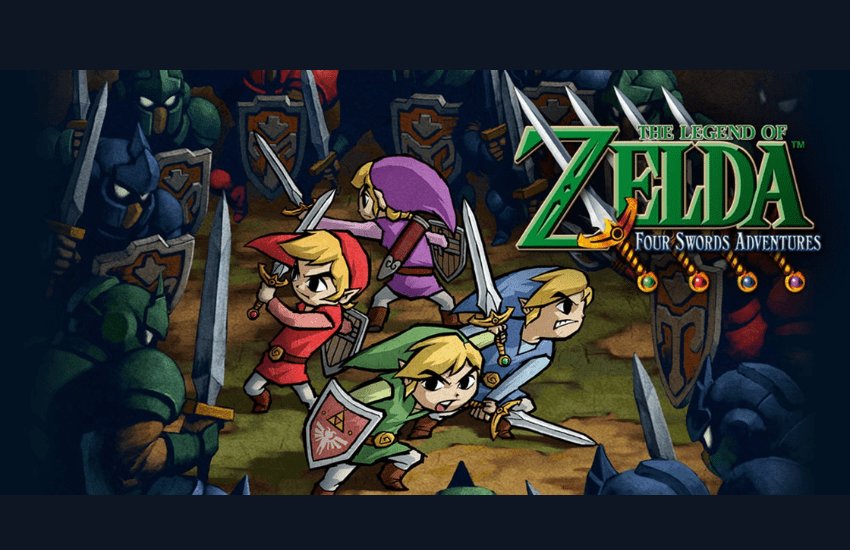
The Legend of Zelda: Four Swords Adventures (2004)
The eleventh game in the series, The Legend of Zelda: Four Swords Adventures, is a multiplayer game that allows up to four players to play together. The game features a unique gameplay mechanic where players must work together to solve puzzles and defeat enemies. The game takes place in the land of Hyrule and follows Link’s quest to stop the evil sorcerer Vaati.
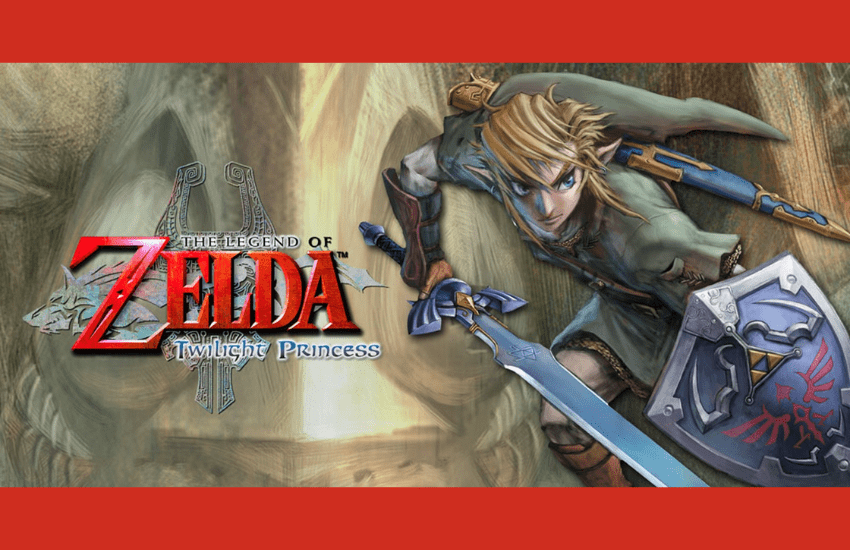
The Legend of Zelda: Twilight Princess (2006)
The twelfth game in the series, The Legend of Zelda: Twilight Princess, is set in a dark, parallel world and features a more realistic art style. The game follows Link’s quest to rescue Princess Zelda and defeat the evil king Zant and the dark lord Ganondorf. The game was praised for its storytelling and innovative gameplay mechanics.

The Legend of Zelda: Phantom Hourglass (2007)
The thirteenth game in the series, The Legend of Zelda: Phantom Hourglass, is a direct sequel to The Wind Waker. The game features a touch-based control system and takes place in a vast oceanic world. The game follows Link’s journey to rescue his friend Tetra and defeat the evil Bellum.
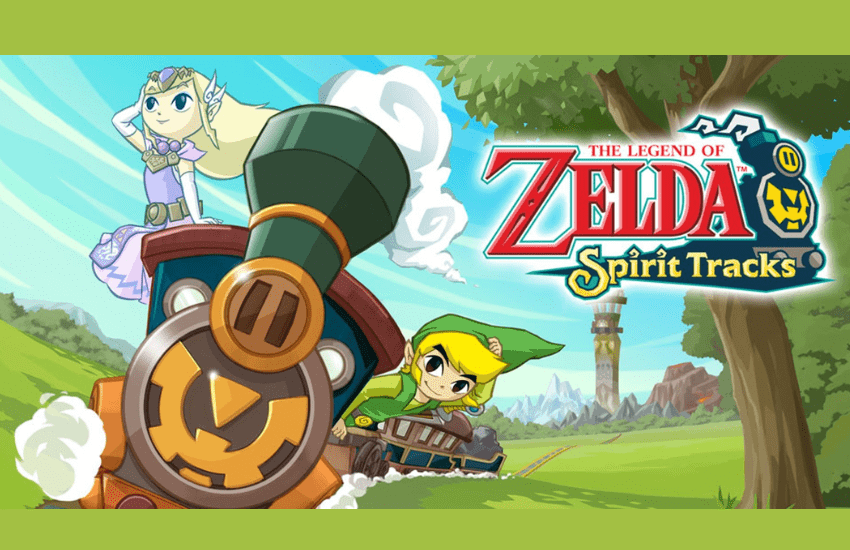
The Legend of Zelda: Spirit Tracks (2009)
The fourteenth game in the series, The Legend of Zelda: Spirit Tracks, is set in a world where trains are the main mode of transportation. The game follows Link’s journey to rescue Princess Zelda and defeat the evil Chancellor Cole and his minion Malladus.
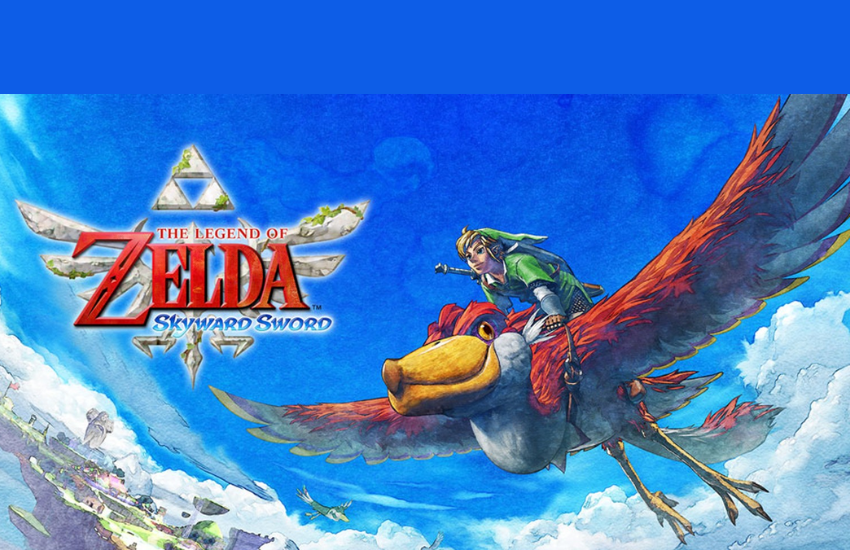
The Legend of Zelda: Skyward Sword (2011)
The fifteenth game in the series, The Legend of Zelda: Skyward Sword, is set in a world above the clouds and features motion controls. The game follows Link’s journey to rescue Princess Zelda and defeat the evil demon lord Ghirahim and the ancient evil Demise.
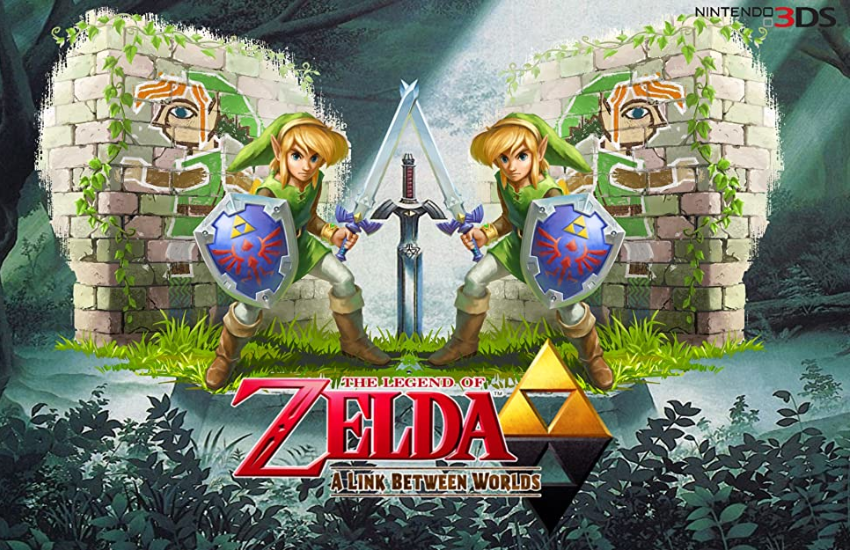
The Legend of Zelda: A Link Between Worlds (2013)
The sixteenth game in the series, The Legend of Zelda: A Link Between Worlds, is a spiritual successor to A Link to the Past. The game features a 2D top-down view and allows players to merge into walls to solve puzzles. The game follows Link’s journey to rescue Princess Zelda and defeat the evil sorcerer Yuga.

The Legend of Zelda: Tri Force Heroes (2015)
The seventeenth game in the series, The Legend of Zelda: Tri Force Heroes, is a multiplayer game that allows up to three players to play together. The game features a unique gameplay mechanic where players must work together to solve puzzles and defeat enemies. The game takes place in the land of Hytopia and follows Link’s quest to stop the evil witch Lady Maud.

The Legend of Zelda: Breath of the Wild (2017)
The eighteenth and most recent game in the series, The Legend of Zelda: Breath of the Wild, is set in an open world and features a vast, beautiful landscape for players to explore. The game follows Link’s journey to rescue Princess Zelda and defeat the evil Calamity Ganon. The game was praised for its innovative gameplay mechanics, such as a climbing system and weapon durability, and for its beautiful graphics and soundtrack.
The Legend of Zelda all Games
“One of the reasons The Legend of Zelda has stood the test of time is its ability to innovate and stay relevant to modern audiences.”
The series has always pushed the boundaries of what can be done in a video game, introducing new mechanics and technology with each new release. For example, the original game on the NES featured a battery save system that allowed players to save their progress, a relatively new concept at the time. Later games in the series introduced 3D graphics, motion controls, and touch-based gameplay, showing that The Legend of Zelda is always on the cutting edge of technology.
Another reason for the series’ success is its memorable characters and rich lore. The protagonist, Link, is a silent hero who speaks through his actions, making him a relatable and iconic character. Princess Zelda, the object of Link’s quest, is a strong and intelligent woman who often plays an active role in the story. And of course, the series’ main antagonist, Ganon, is a powerful and terrifying villain who has become a staple of video game history.
Beyond the main characters, The Legend of Zelda is also known for its diverse cast of supporting characters, each with their own unique personalities and backstories. From the wise old sages to the mischievous fairies, each character adds depth and complexity to the world of Hyrule.
The Legend of Zelda is not just a video game franchise – it’s a cultural phenomenon that has spawned countless merchandise, fan art, and even a television series. Its impact can be seen in other video game franchises, such as Dark Souls and God of War, which have drawn inspiration from The Legend of Zelda’s gameplay and storytelling.
The Legend of Zelda is a timeless classic that has been entertaining gamers for over three decades. Its innovative gameplay mechanics, memorable characters, and rich lore have made it one of the most beloved and influential video game franchises of all time. With each new release, the series continues to evolve and push the boundaries of what can be done in a video game. Whether you’re a fan of the classic 2D games or the expansive open-world adventures, The Legend of Zelda has something for everyone.

Conclusion
The Legend of Zelda is one of the most beloved and iconic video game franchises of all time, with a rich history spanning over 35 years. From the original game’s humble beginnings on the NES to the massive open-world adventure of Breath of the Wild, the series has always been about exploration, puzzle-solving, and saving the world from evil. With each new game, the franchise has evolved and introduced new gameplay mechanics and storylines, while still staying true to its roots. Whether you’re a long-time fan or a newcomer to the series, there’s never been a better time to dive into the world of The Legend of Zelda and experience its timeless magic.
Thanks for reading our article on The Legend of Zelda games! If you’re a fan of gaming and want to stay up-to-date on the latest news and reviews, be sure to check out gameryard.org. Our blog is dedicated to providing gamers with the best coverage of the industry, from breaking news to insightful analysis. Visit us at gameryard.org to join our community and stay on top of all things gaming.




